PESCARA DEL TRONTO, Italy — As the search for survivors ground on, Premier Matteo Renzi pledged new money and measures Thursday to rebuild quake-devastated central Italy amid soul-searching over why the seismic-prone country has continually failed to ensure that its buildings can withstand such catastrophes.
A day after the earthquake killed 250 people, a 4.3-magnitude aftershock sent up plumes of thick gray dust in the hard-hit town of Amatrice. The aftershock crumbled already cracked buildings, rattled residents and closed already clogged roads.
It was only one of the more than 470 temblors that have followed Wednesday’s pre-dawn quake.
Firefighters and rescue crews using sniffer dogs worked in teams around the hard-hit areas in central Italy, pulling chunks of concrete, rock and metal from mounds of rubble where homes once stood. Rescuers refused to say when their work would shift from saving lives to recovering bodies, noting that one person was pulled alive from the rubble 72 hours after the 2009 quake in the nearby town of L’Aquila.
“We will work relentlessly until the last person is found, and make sure no one is trapped,” said Lorenzo Botti, a rescue team spokesman.
Worst affected by the quake were the tiny towns of Amatrice and Accumoli near Rieti, 60 miles northeast of Rome, and Pescara del Tronto, 15 miles to the east.
Many were left homeless by the scale of the destruction, their homes and apartments declared uninhabitable. Some survivors, escorted by firefighters, were allowed to go back in homes briefly Thursday to get essential necessities for what will surely be an extended absence.
“Last night we slept in the car. Tonight, I don’t know,” said Nello Caffini as he carried his sister-in-law’s belongings on his head after being allowed to go quickly into her home in Pescara del Tronto.
Caffini has a house in nearby Ascoli, but said his sister-in-law was too terrified by the aftershocks to go inside it.
“When she is more tranquil, we will go to Ascoli,” he said.
RELIEF EFFORT CLOGS ROAD
Charitable assistance began pouring into the earthquake zone in traffic-clogging droves Thursday. Church groups from a variety of Christian denominations, along with farmers offering donated peaches, pumpkins and plums, sent vans along the one-way road into Amatrice that was already packed with emergency vehicles and trucks carrying sniffer dogs.
Other assistance was spiritual.
“When we learned that the hardest hit place was here, we spoke to our bishop and he encouraged us to come here to comfort the families of the victims,” said a priest who gave his name only as Father Marco as he walked through Pescara del Tronto. “They have given us a beautiful example, because their pain did not take away their dignity.”
Italy’s civil protection agency said the death toll had risen to 250 by Thursday afternoon, with more than 180 of the fatalities in Amatrice. At least 365 others were hospitalized, and 215 people were pulled from the rubble alive since the quake struck. A Spaniard and five Romanians were among the dead, according to their governments.
There was no clear estimate of how many people might still be missing, since the rustic area was packed with summer vacationers. The Romanian government alone said 11 of its citizens were missing.
As the search effort continued, the soul-searching began.
REFORMS PLANNED, BUT NO GUARANTEES
Premier Renzi authorized a preliminary 50 million euros in emergency funding and the government cancelled taxes for residents, pro-forma measures that are just the start of what will be a long and costly rebuilding campaign. He announced a new initiative, “Italian Homes,” to answer years of criticism over shoddy construction across the country, which has the highest seismic hazard in Western Europe.
But he also said that it was “absurd” to think that Italy could build completely quake-proof buildings.
“It’s illusory to think you can control everything,” he told a news conference. “It’s difficult to imagine it could have been avoided simply using different building technology. We’re talking about medieval-era towns.”
Those old towns do not have to conform to the country’s anti-seismic building codes. Making matters worse, those codes often aren’t applied even when new buildings are built.
Armando Zambrano, the head of Italy’s National Council of Engineers, said the technology exists to reinforce old buildings and prevent such high death tolls when quakes strike every few years. While he estimated that it would cost up to $105 billion to reinforce all of the historic structures across the country, he said targeted efforts in the riskiest areas could be done for less.
“We are able to prevent all these deaths. The problem is actually doing it,” he told The Associated Press. “These tragedies keep happening because we don’t intervene. After each tragedy we say we will act but then the weeks go by and nothing happens.”
Some experts estimate that 70 percent of Italy’s buildings aren’t built to anti-seismic standards, though not all are in high-risk areas.
Funding shortfalls and bureaucracy are obstacles to making the country’s buildings quake-resistant. A new law tries to encourage homeowners to make their homes earthquake-proof by reimbursing 65 percent of the cost over 10 years, but it isn’t enough to push Italians, who are facing years of economic stagnation, to put up the cash to make the upgrades.
Compounding the problem, many of the oldest and most vulnerable structures are in remote villages inhabited mostly by retired Italians getting by on pensions with no cash to spare. In the cities, upgrades are stifled by the condominium-style rules of buildings requiring the agreement of multiple owners for such investments.
“We’re among the best in the world in managing emergencies,” Renzi said, praising the men and women, many of them volunteers, who jump into action when crises hit. “But it’s not enough to be in the vanguard in emergencies.”
DAMAGE TO CULTURAL TREASURES ASSESSED
Geologists surveyed the damage Thursday to determine which buildings were still inhabitable, while Culture Ministry teams were fanning out to assess the damage to some of the region’s cultural treasures, especially its medieval-era churches.
Italian news reports said prosecutors investigating the quake were looking in particular into the collapse of Amatrice’s “Romolo Capranica” school, which was restored in 2012 using funds set aside after the last major quake in 2009.
In recent Italian quakes, some modern buildings – many of them public institutions – have been the deadliest. Those included the university dormitory that collapsed in the 2009 L’Aquila quake, killing 11 students, and the elementary school that crumbled in San Giuliano di Puglia in 2002, killing 27 children – the town’s entire first-grade class – while surrounding buildings survived unscathed.
Major quakes in Italy are often followed by criminal charges being filed against architects, builders and officials responsible for public works. In the case of the L’Aquila quake, prosecutors also put six geologists on trial for allegedly failing to adequately warn residents about the temblor. Their convictions were overturned on appeal.
In Pescara del Tronto, rescue crews were looking Thursday for three people believed crushed in a hard-to-reach area.
“The dogs from our dog rescue unit make us think there could be something,” said Danilo Dionisi, a spokesman for the firefighters.
Emergency services set up tent cities around the quake-devastated towns to accommodate the homeless, housing about 1,200 people overnight. In Amatrice, 50 elderly people and children spent the night inside a local sports facility.
“It’s not easy for them,” said civil protection volunteer Tiziano De Carolis, who was helping to care for the homeless in Amatrice. “They have lost everything: the work of an entire life, like those who have a business, a shop, a pharmacy, a grocery store.”
Send questions/comments to the editors.

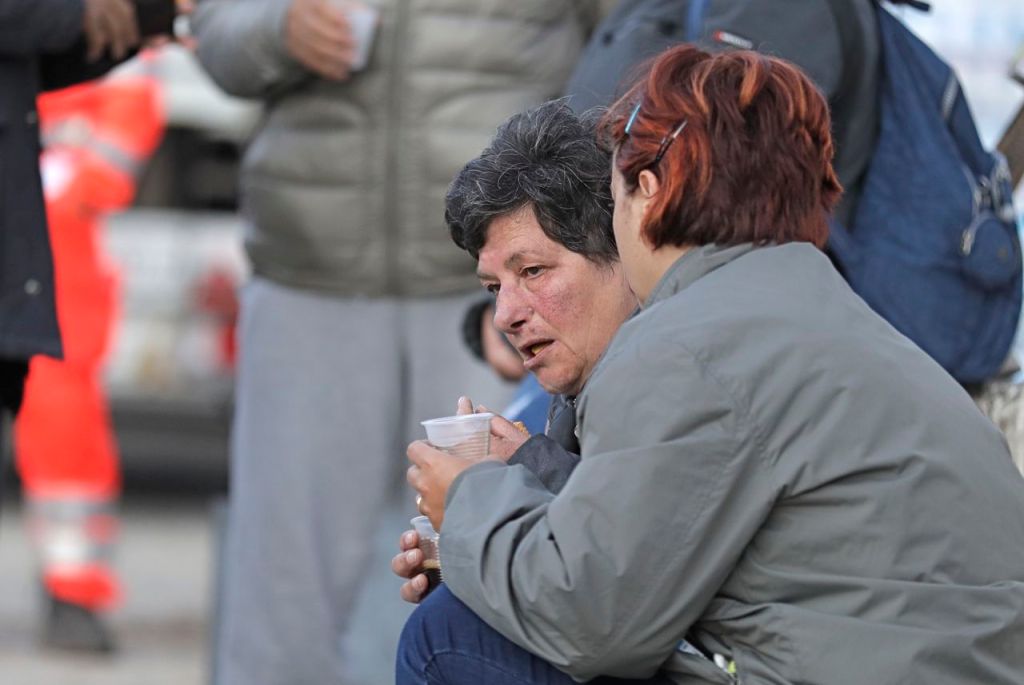
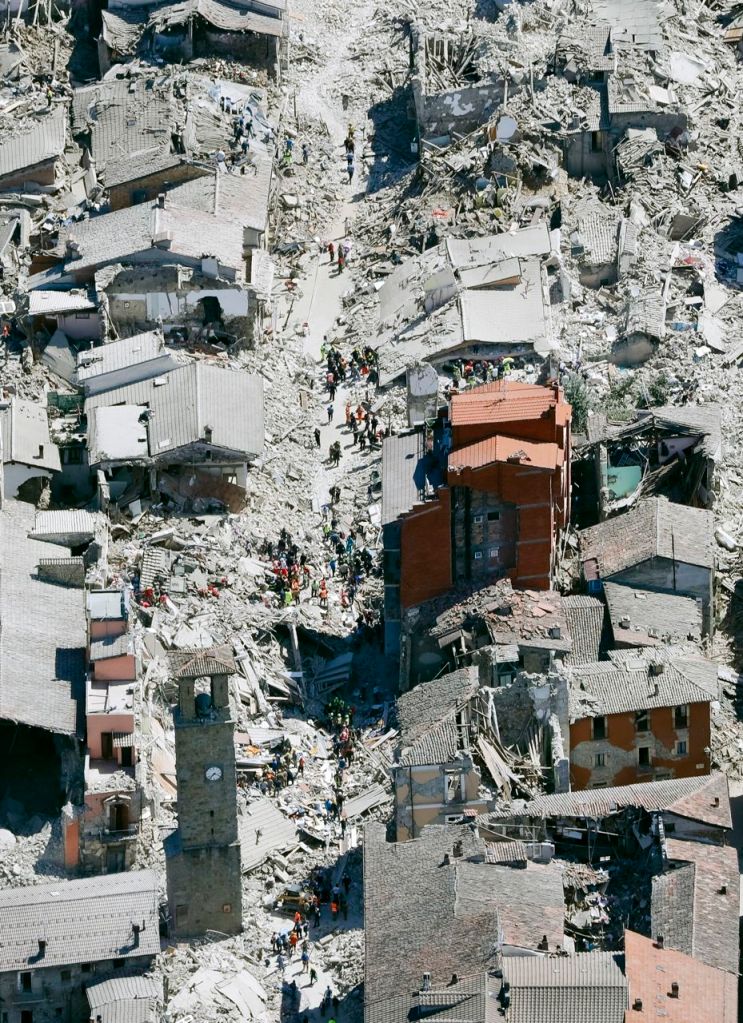
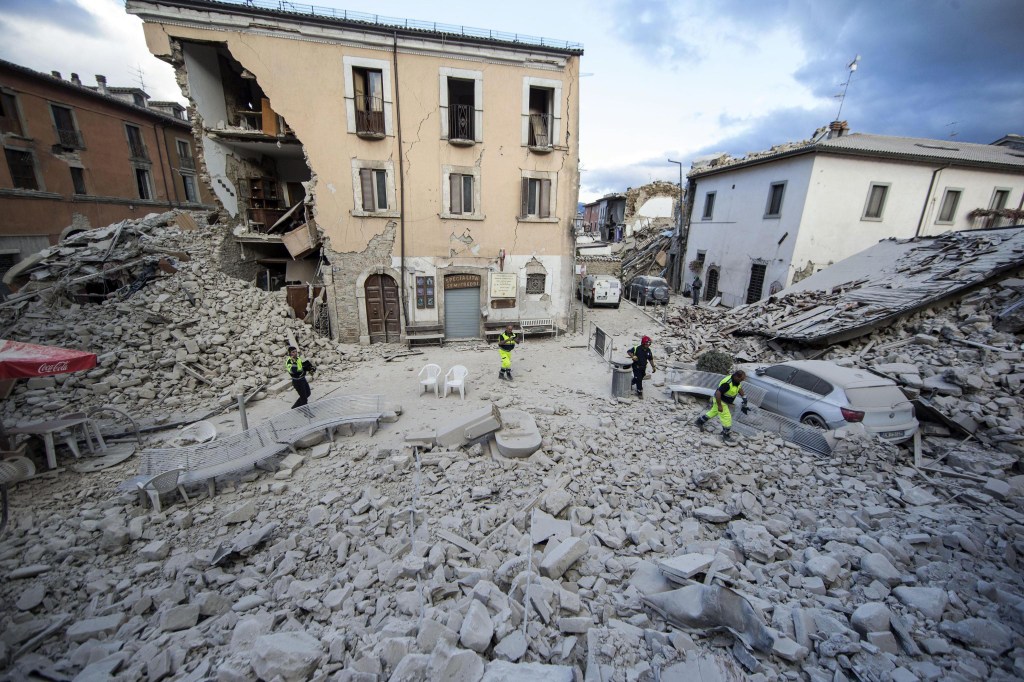
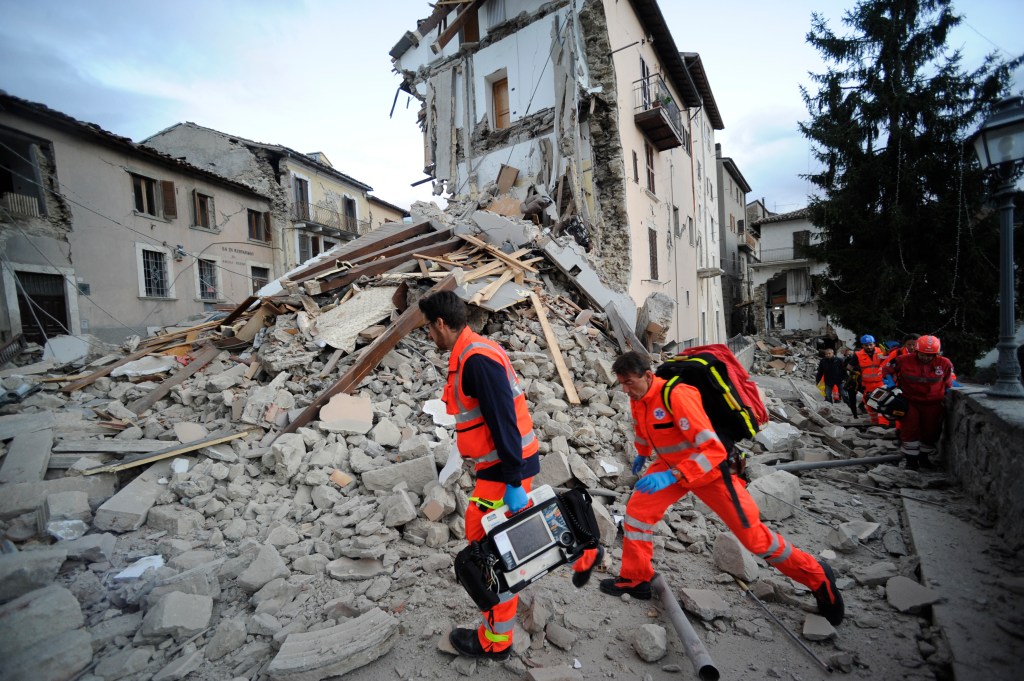
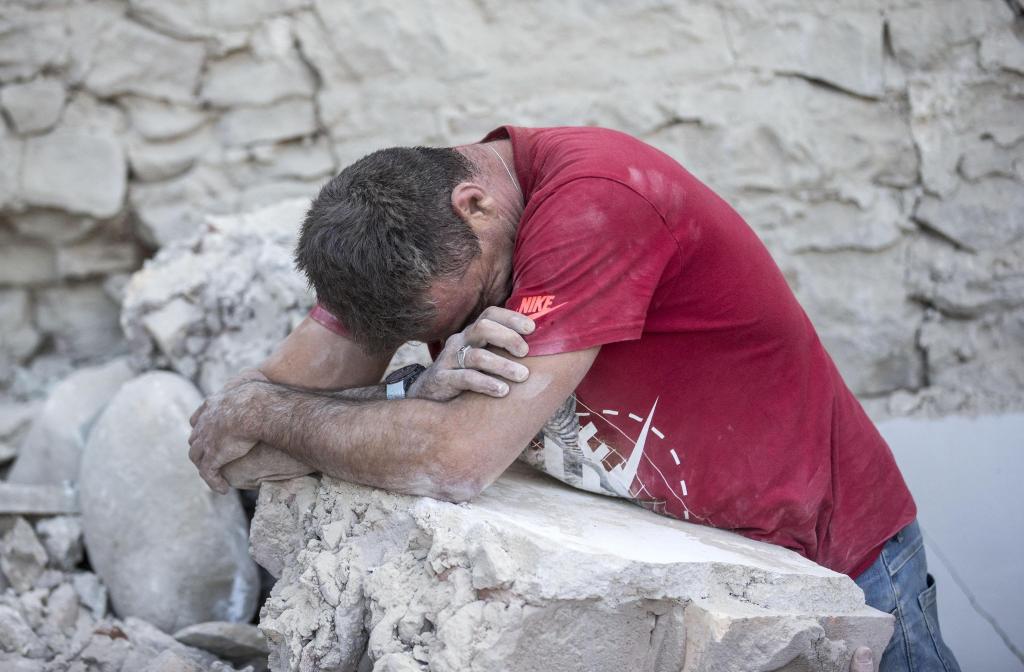
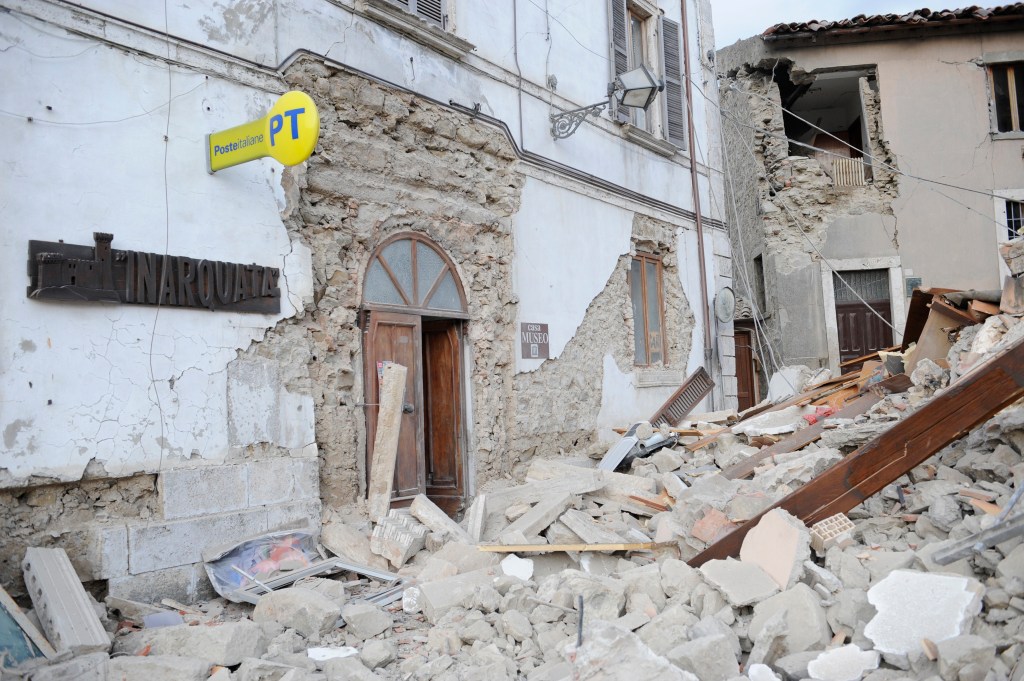

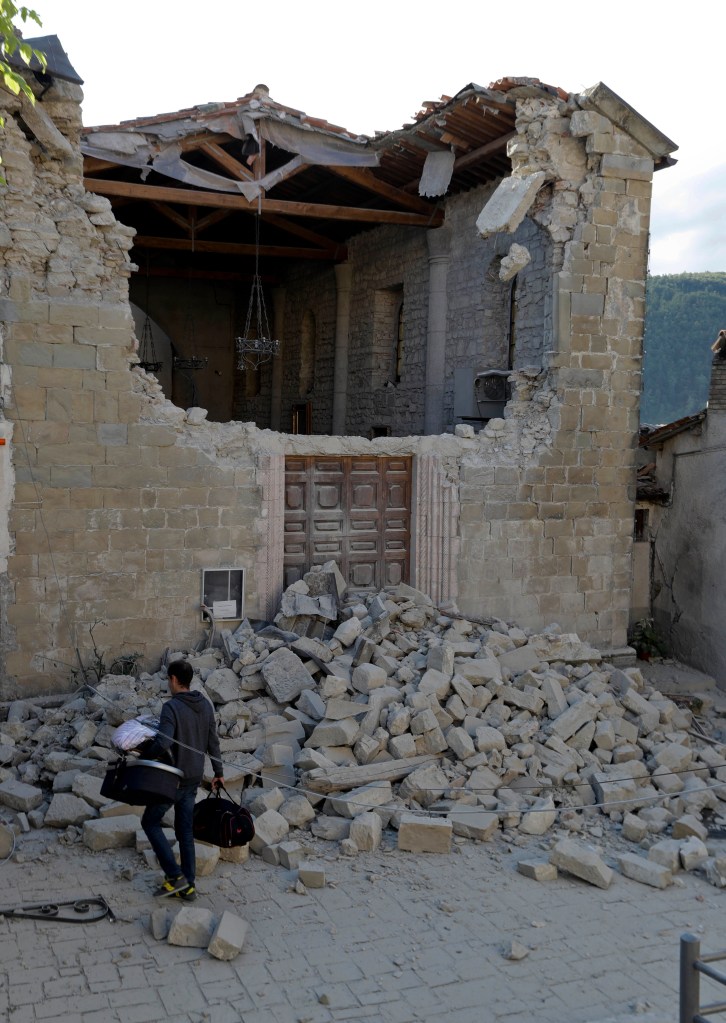
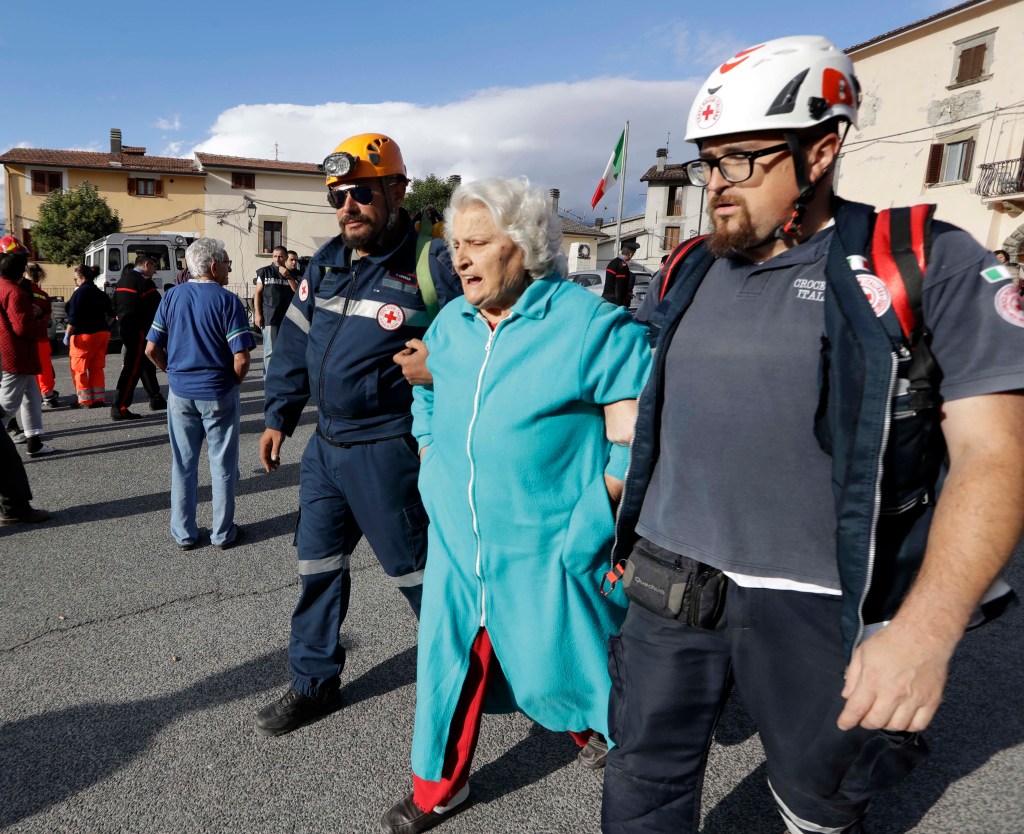
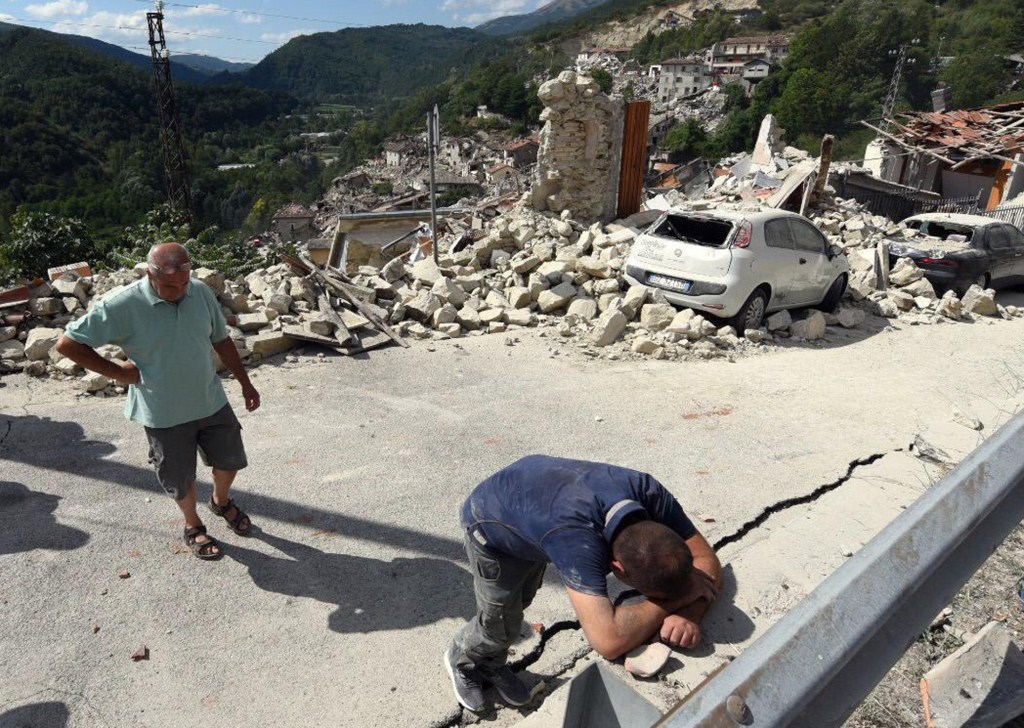
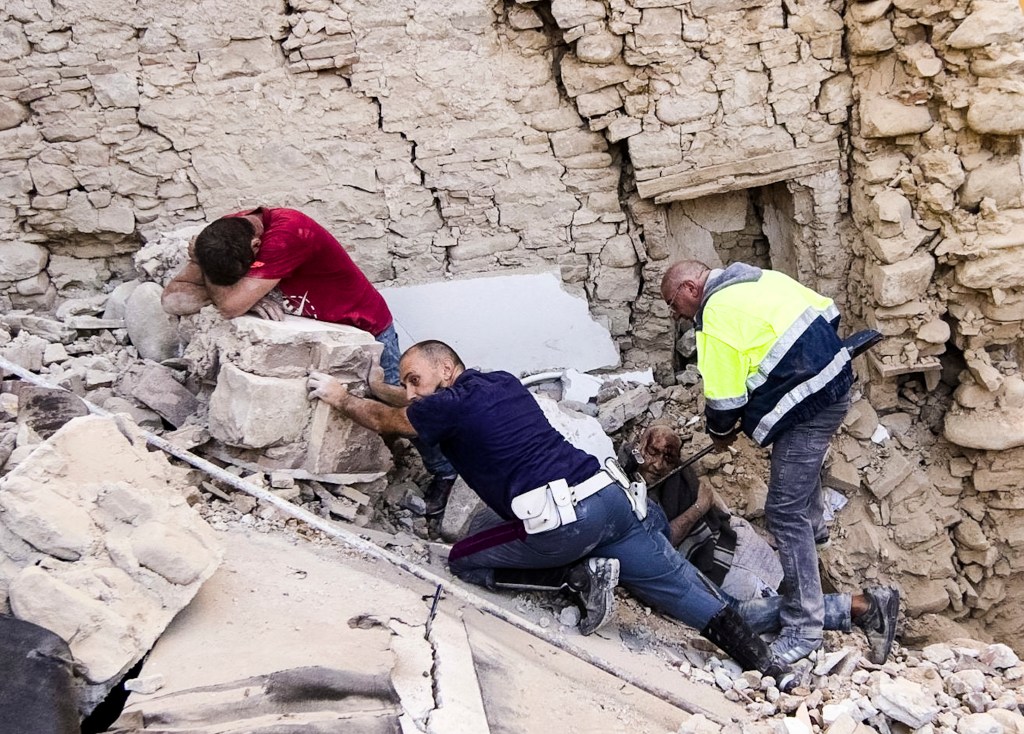
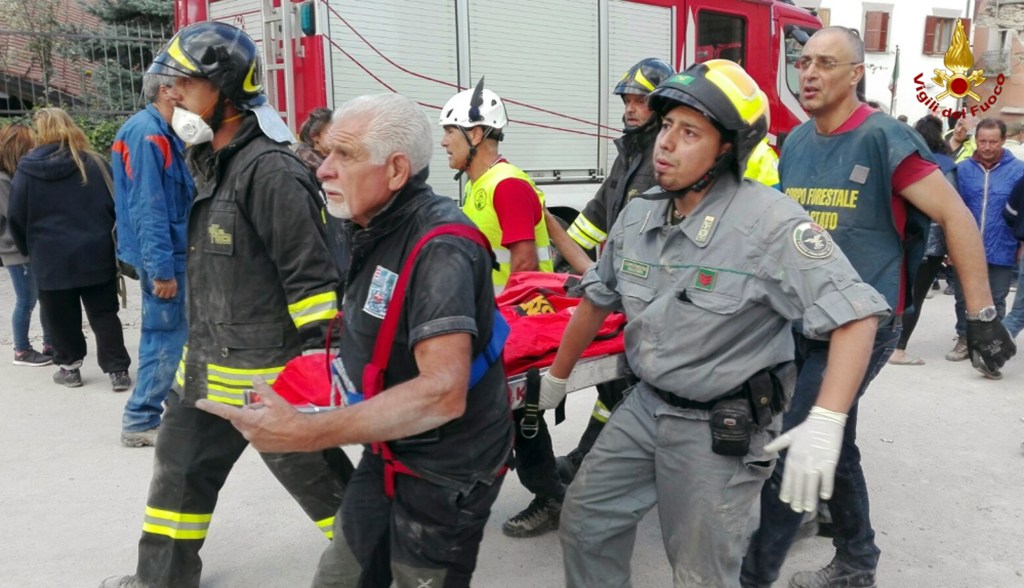
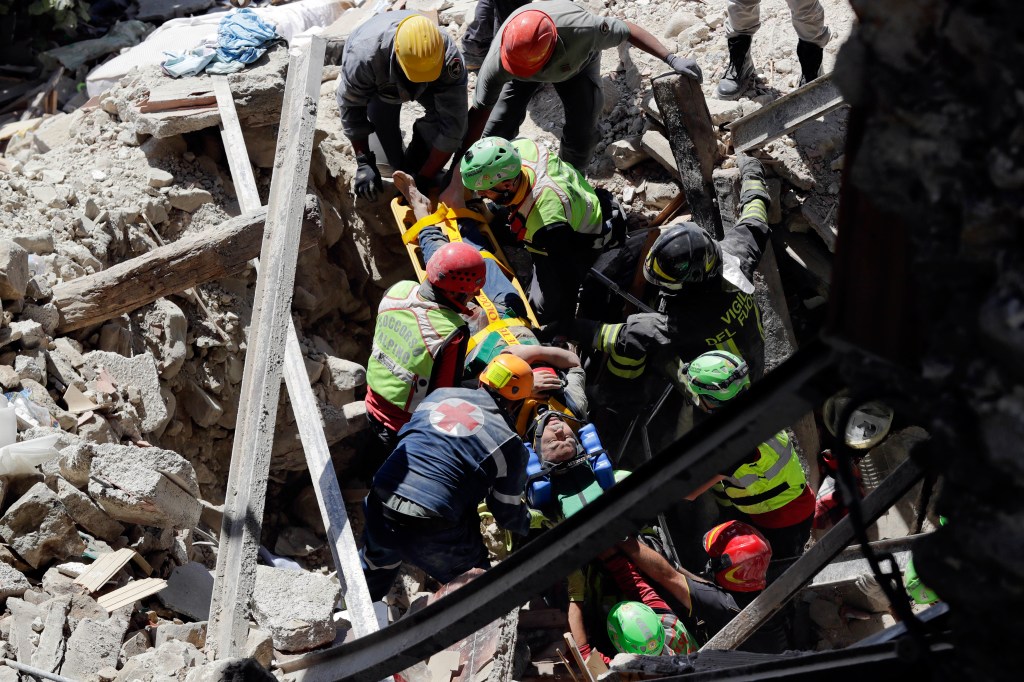
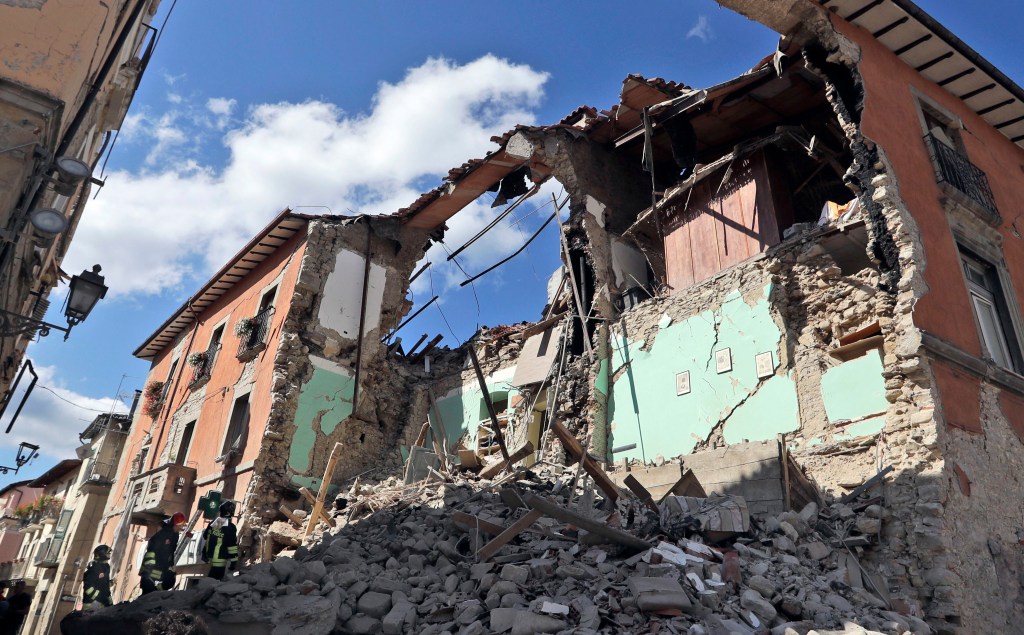
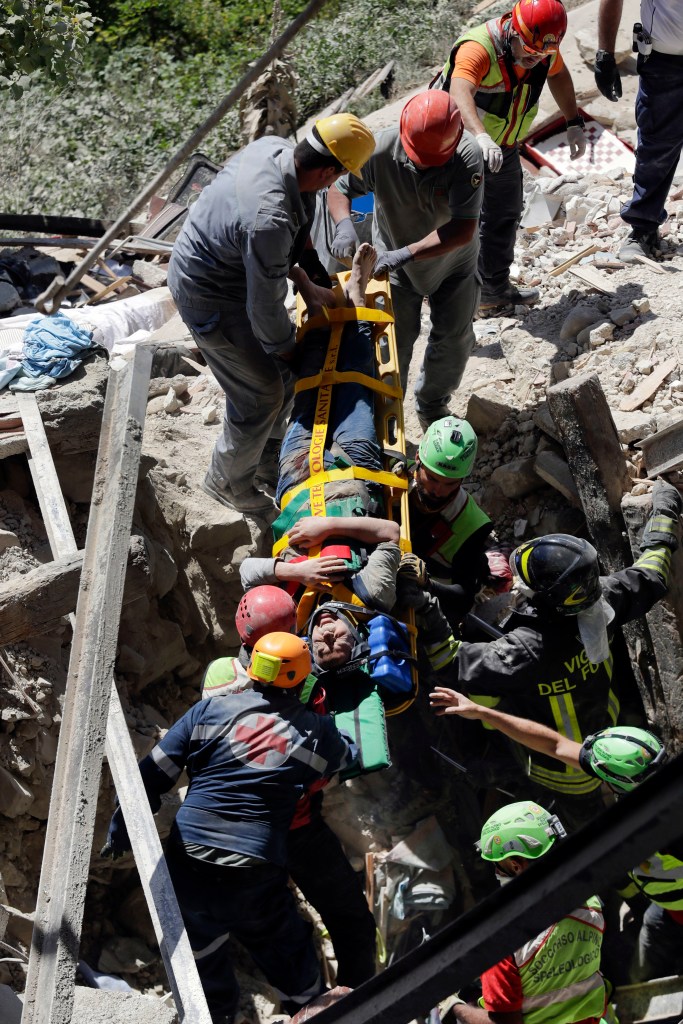
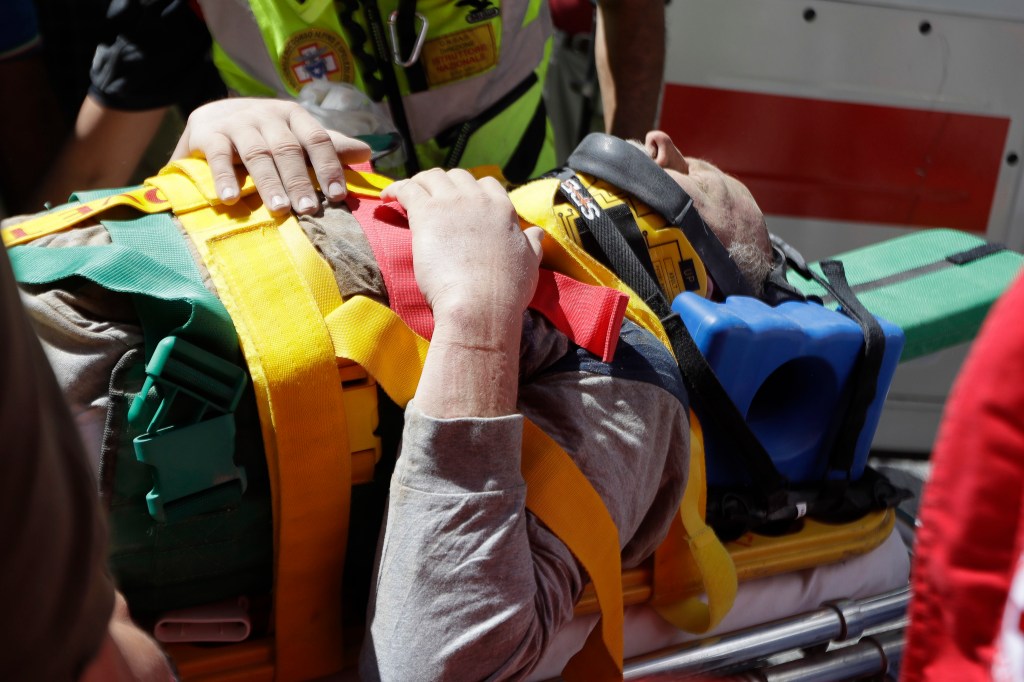
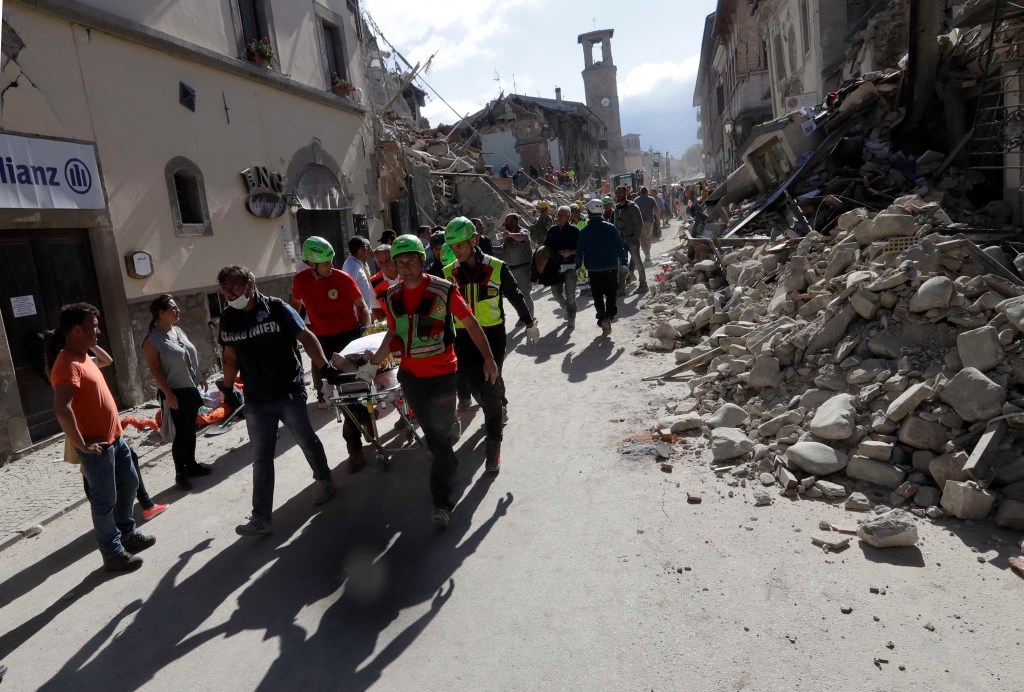
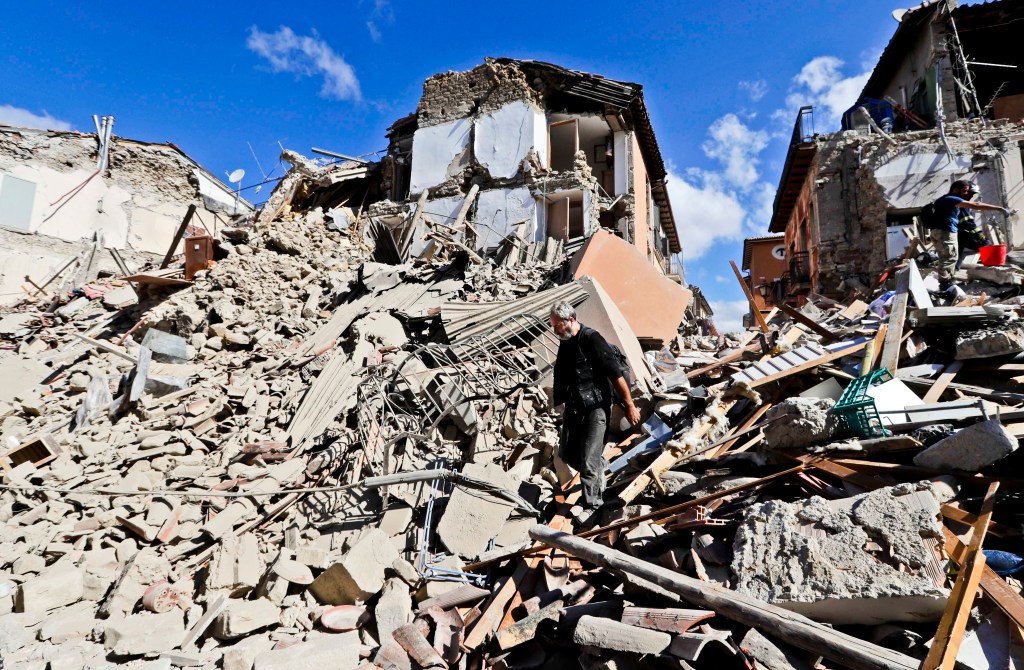
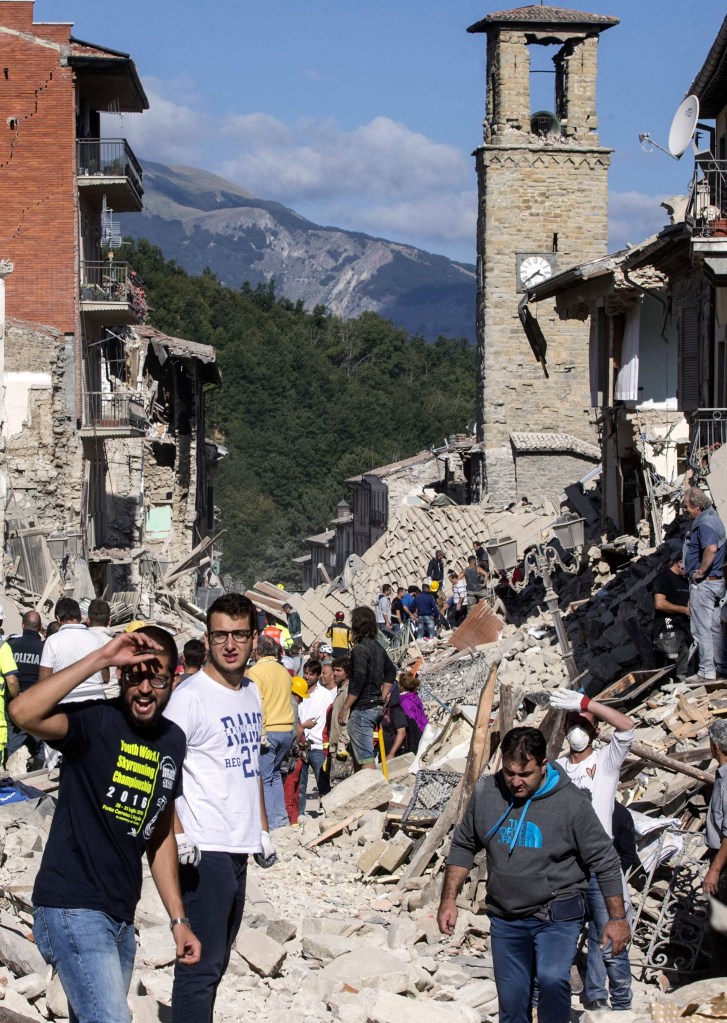
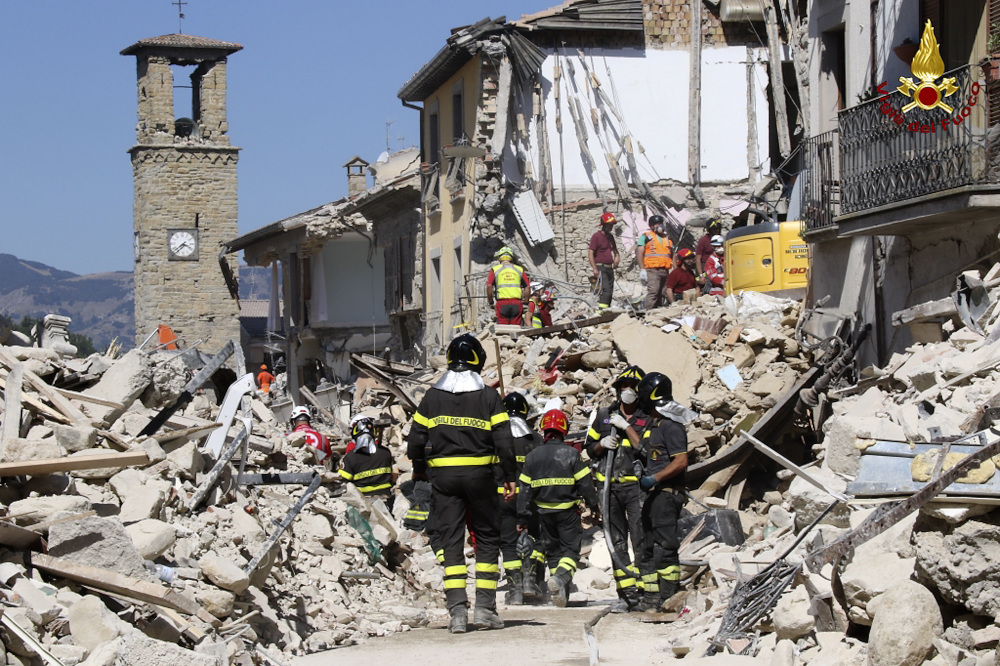

Success. Please wait for the page to reload. If the page does not reload within 5 seconds, please refresh the page.
Enter your email and password to access comments.
Hi, to comment on stories you must . This profile is in addition to your subscription and website login.
Already have a commenting profile? .
Invalid username/password.
Please check your email to confirm and complete your registration.
Only subscribers are eligible to post comments. Please subscribe or login first for digital access. Here’s why.
Use the form below to reset your password. When you've submitted your account email, we will send an email with a reset code.